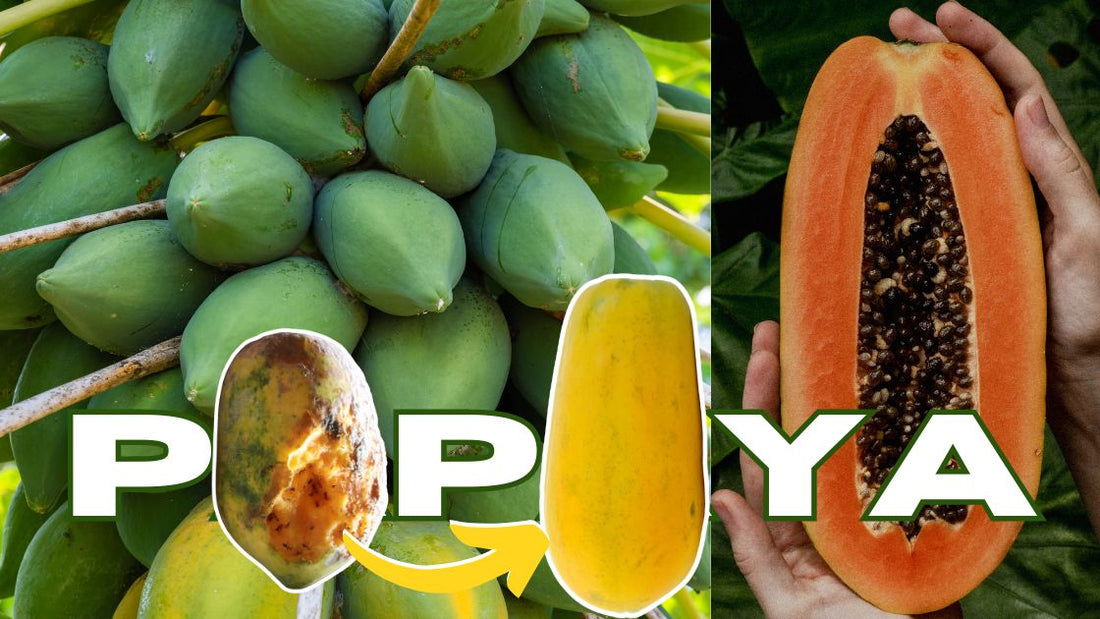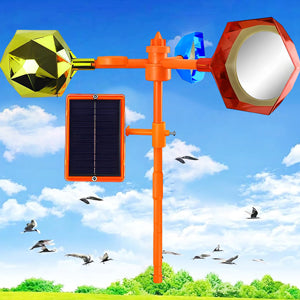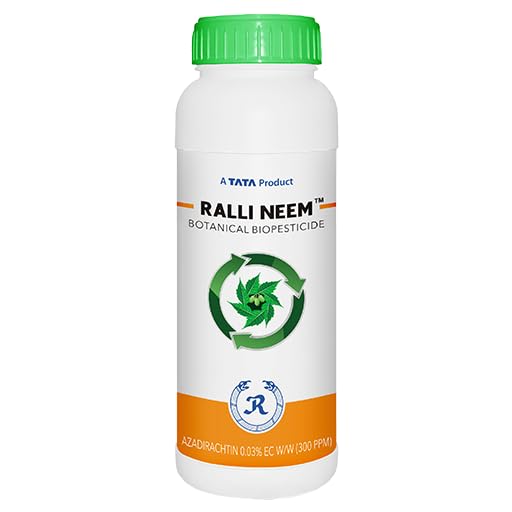
Indian Papaya Farmers: Nurturing Excellence, Overcoming Pest Challenges
Share
India's papaya farmers stand as pillars of the global papaya industry, contributing an impressive 43% to the world's supply. This remarkable feat is a testament to your unwavering dedication, expertise, and ability to harness favorable growing conditions, resulting in an outstanding yield of 43.7 metric tons per hectare, far surpassing the global average.
However, we understand that your journey is not without its challenges. Pests pose a significant threat, potentially causing yield losses of up to 30%. Mealybugs, fruit flies, and whiteflies are common adversaries, while occasional outbreaks of less familiar pests like spiraling whiteflies or thrips can further test your resilience.
Major Pests and Their Management:
Mealybugs: These sap-sucking insects cause stunted growth, yellowing, and fruit deformation. Combat them with:
- Cultural Practices: Sanitation, removal of infested plant parts, and encouraging natural predators like ladybugs.
- Biological Control: Introducing beneficial insects like Cryptolaemus montrouzieri.
- Chemical Control: Judicious use of insecticides like neem oil or imidacloprid when necessary.
Fruit Flies: These flies lay eggs inside fruits, leading to rotting and significant yield loss. Manage them by:
- Bagging: Protect fruits with paper bags or nets.
- Trapping: Use pheromone traps or protein baits to attract and capture adult flies.
- Sanitation: Collect and destroy fallen fruits to prevent further breeding.
Whiteflies: These tiny insects cause leaf yellowing and transmit viral diseases. Control them through:
- Yellow Sticky Traps: Attract and capture adult whiteflies.
- Biological Control: Release natural enemies like Encarsia formosa or Eretmocerus eremicus.
- Botanical Extracts: Spray neem oil or garlic extract to deter whiteflies.
Remember: Integrated Pest Management (IPM) is key:
- Combine cultural, biological, and chemical control methods for effective and sustainable pest management.
- Early detection through regular monitoring allows for timely intervention and minimizes crop damage.
- Seek guidance from local agricultural experts or extension services for accurate pest identification and appropriate control recommendations.
Embrace your competence and competitiveness:
- Continue to adopt sustainable farming practices, stay informed about the latest advancements in pest control, and leverage the support available to you.
- Together, we can ensure the continued success and prosperity of papaya farming in India, contributing to a thriving industry valued at over ₹15,000 crores annually and providing nutritious fruits to the nation and the world.
The future of papaya farming in India is bright, and you, the farmers, are the driving force behind its success. Let us continue to cultivate excellence, overcome challenges, and nurture the growth of this remarkable fruit, ensuring a thriving and sustainable papaya industry for generations to come.


















